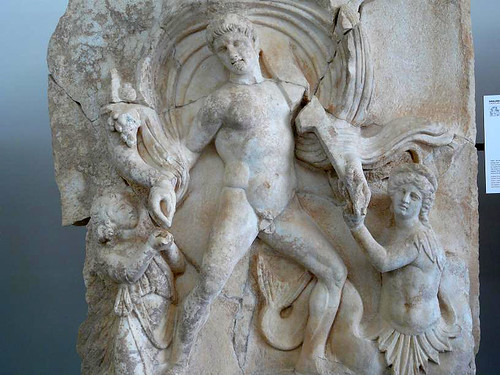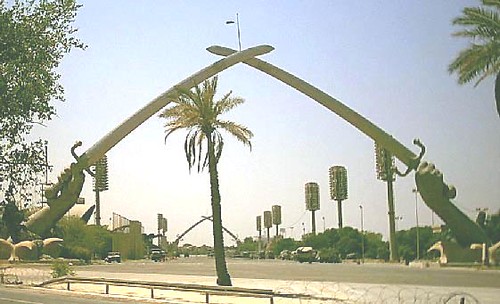A dictator is someone who is appointed to dictate. They are usually appointed during a time of crisis to lead the people to safety. Once the crisis is resolved, they stand down in favour of a return to democracy. We call those who do not stand down tyrants. Tyrants come upon or retain their power illegitimately. These days the word dictator usually has negative connotation. Benevolent dictators are so rare, they need an adjective to be distinguished from the rest. Usually, we don't call them dictators at all. Churchill during the second world war was a dictator. We don't call him that because of the negative connotations. We probably would, had Germany won the war.
The rot sets in for most dictators when they start to cultivate their image; when they are given the celebrity treatment. Often, they prefer to be the only celebrity in town. So, we find images of the dictator turning tyrant all over their territory.
 The Roman Emperor was thought to be divine. The Emperor became divine when he ascended the throne and continued divine after death. During their lives they would be depicted in friezes, in the places at the centre of cities where people met. They would be shown with the local gods bowing down to them. In the local temple, the people were invited to light an incense stick for an additional god emperor. The pax romana , the peace of Rome, was maintained through this system of emperor worship.
The Roman Emperor was thought to be divine. The Emperor became divine when he ascended the throne and continued divine after death. During their lives they would be depicted in friezes, in the places at the centre of cities where people met. They would be shown with the local gods bowing down to them. In the local temple, the people were invited to light an incense stick for an additional god emperor. The pax romana , the peace of Rome, was maintained through this system of emperor worship.
The first photo is from a relief at the Sebasteion at Aphrodisias. It shows the Roman Emperor Claudius cosmically controlling the land and the sea.
 Under each leader of modern Russia, the statues of previous leaders are moved. As each moved on, they were relegated to obscure corners of parks. Not exactly condemned as false gods but no longer necessary to keep society in good order. The second photo is of a monument to Stalin.
Under each leader of modern Russia, the statues of previous leaders are moved. As each moved on, they were relegated to obscure corners of parks. Not exactly condemned as false gods but no longer necessary to keep society in good order. The second photo is of a monument to Stalin.
And then we have the image of allied forces toppling the statues of Saddam Hussein. Surely, there is no better modern example of a a dictator turned tyrant, bolstering his position through countless images of himself. The third photo is of one of Saddam Hussein's monuments.
Is anyone taken in by this? Of course, some will oppose the tyrant and see the images for what they are. The rest? As I said about celebrity, there is collusion at some level. Similarly, a degree of scepticism is usually present and is likely to be normal for any who live with these images, whatever their allegiances. Maintaining an ironic distance is one way of coping with oppression. For many it is too dangerous to object, better to go along with it.


Comments